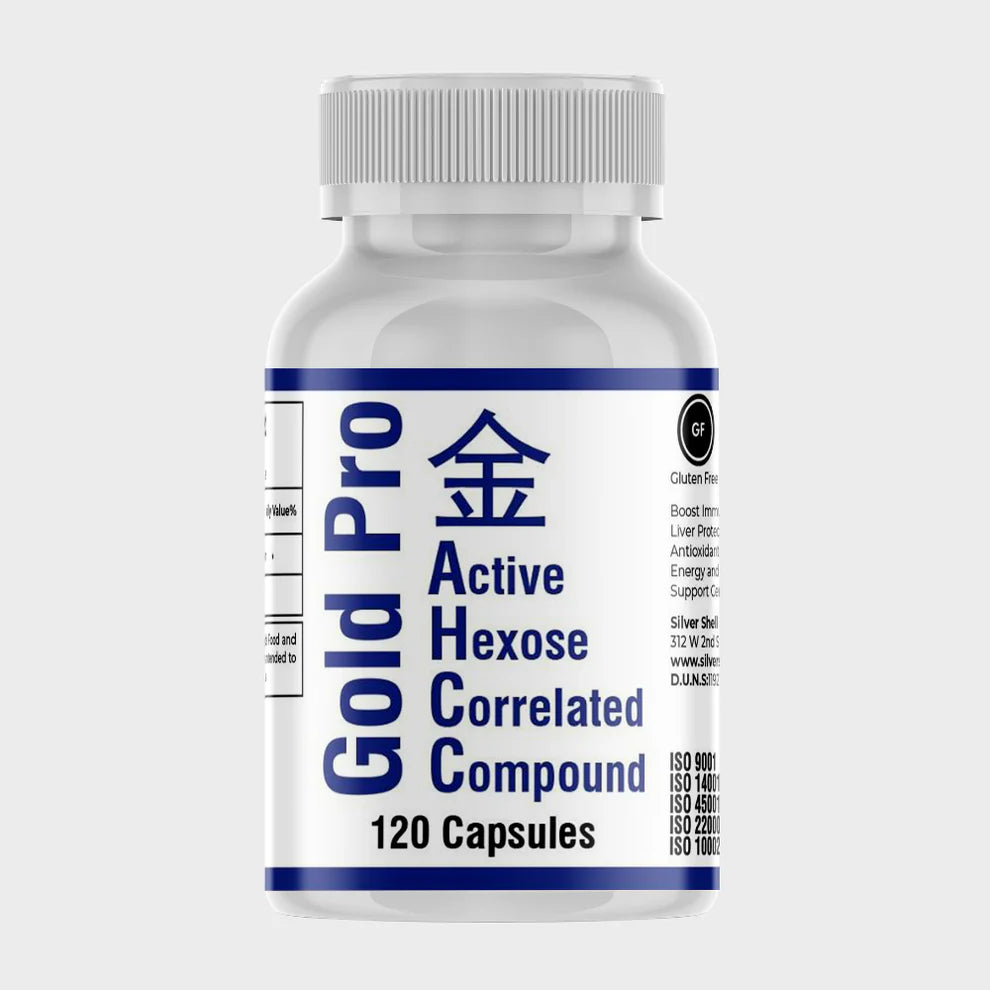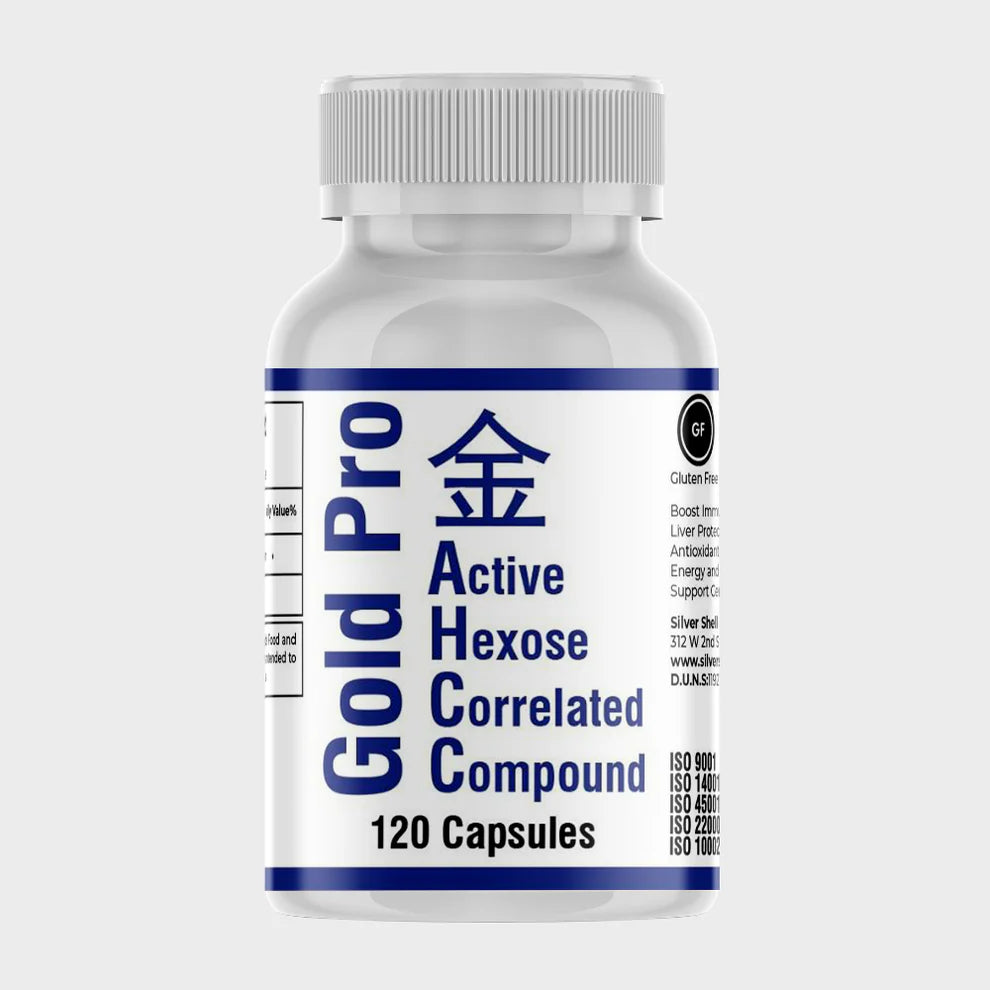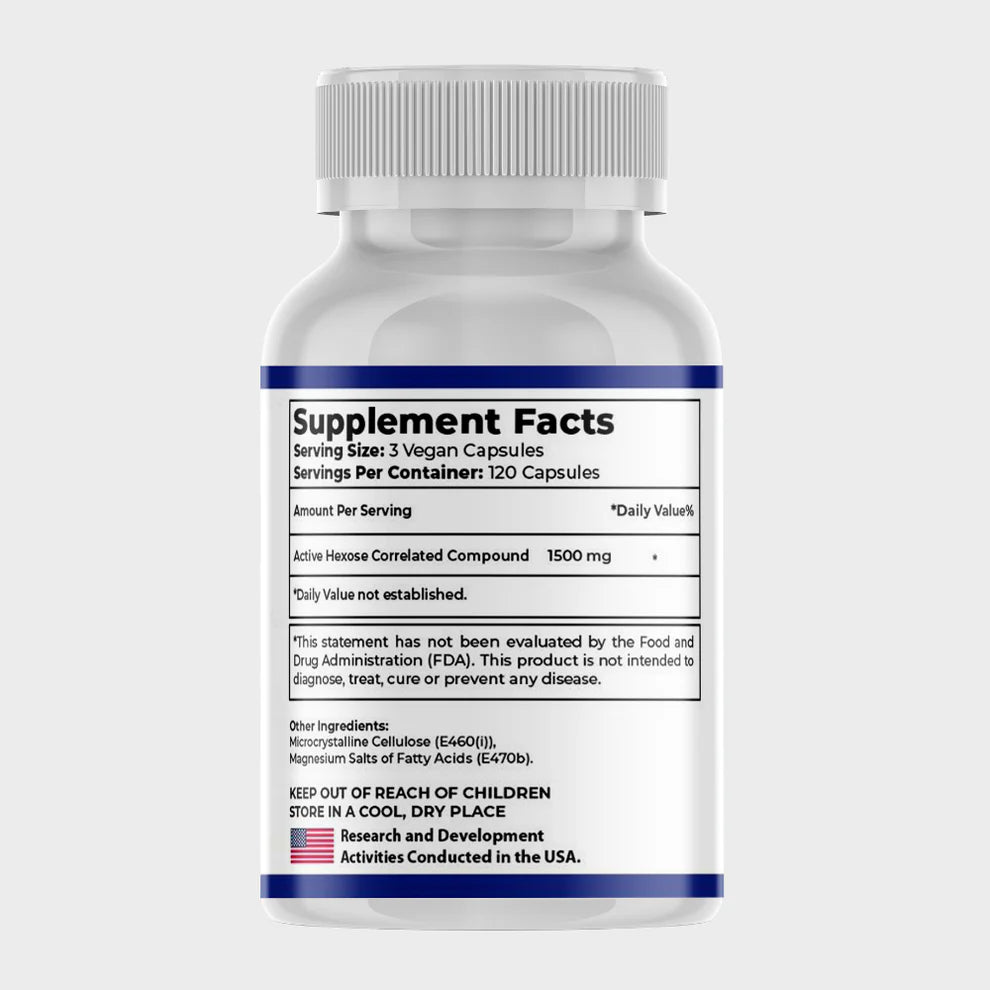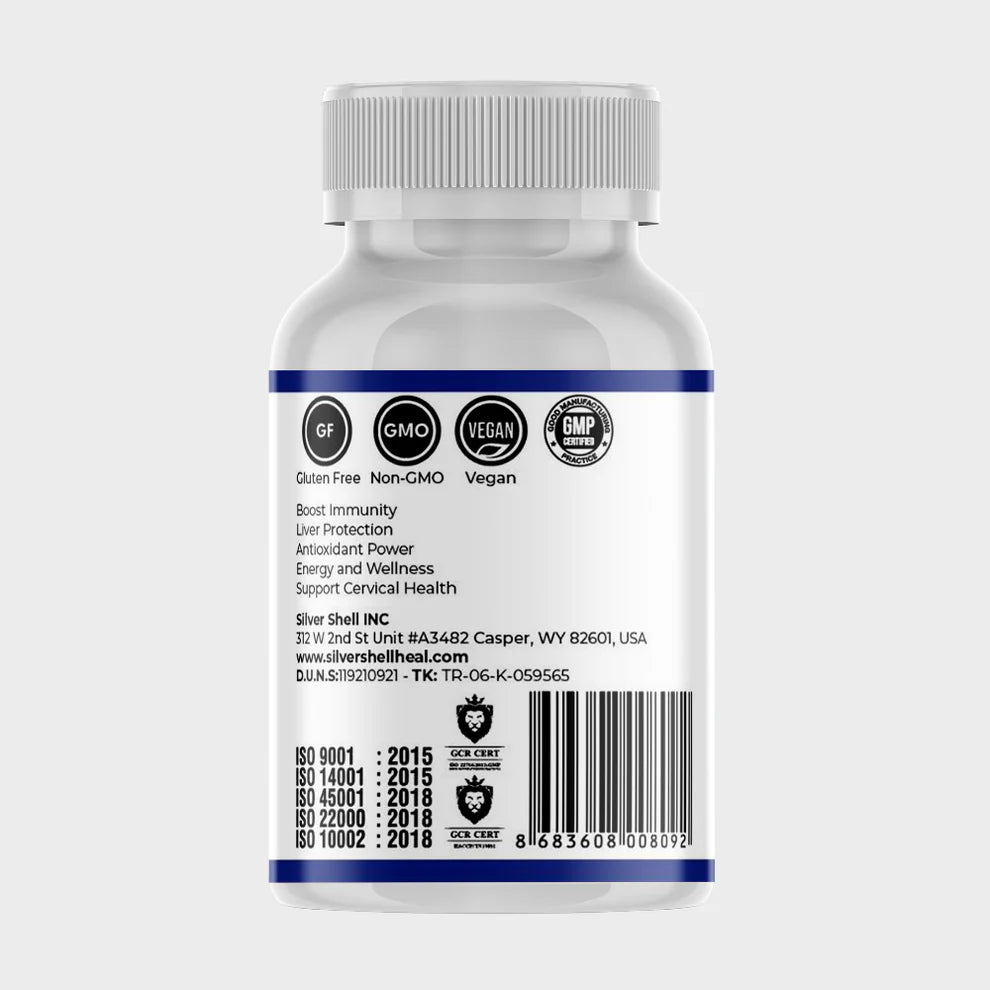Human Papillomavirus (HPV) is a common sexually transmitted infection that affects millions worldwide. Regular screening is crucial as it helps in early detection and prevention of HPV-related health complications, including cervical cancer. At-home HPV screening offers a convenient and effective way for individuals to monitor their health without the need for a clinical visit.
What is At-Home HPV Screening?
At-home HPV screening allows individuals to collect their samples in the privacy of their homes. These tests are designed to detect high-risk HPV strains known to cause cervical cancer. The process is simple, non-invasive, and provides reliable results comparable to those obtained in a clinical setting.
Benefits of At-Home HPV Screening
Convenience and Privacy
At-home HPV screening provides unparalleled convenience. You can perform the test at your own pace, in the comfort of your home, without the need to schedule an appointment or take time off work. This privacy can reduce the stress and anxiety often associated with clinical exams.
Early Detection and Prevention
Regular screening is vital for early detection of high-risk HPV types. Early identification allows for timely intervention, which can prevent the progression to cervical cancer. At-home tests empower individuals to take proactive steps in managing their health.
Cost-Effective
At-home HPV tests can be more cost-effective compared to traditional clinical screenings. They eliminate the need for additional expenses related to clinic visits, such as transportation and consultation fees.
How At-Home HPV Screening Works
Step-by-Step Process
- Order Your Test Kit: Purchase an at-home HPV test kit from a reputable provider. Ensure the kit is approved by health authorities for accuracy and reliability.
- Sample Collection: Follow the instructions provided in the kit to collect a sample. This typically involves using a swab to obtain a sample from the cervix or vaginal area.
- Packaging and Mailing: Securely package your sample as instructed and mail it to the designated laboratory using the prepaid envelope provided.
- Laboratory Analysis: The laboratory will analyze your sample for the presence of high-risk HPV strains.
- Receive Results: You will receive your results via a secure online portal or through the mail. Detailed explanations and next steps are often provided.
Ensuring Accuracy
To ensure the accuracy of your results, it is crucial to follow the kit instructions precisely. Avoid contamination of the sample, and mail it promptly to the laboratory. Most at-home HPV test kits have been rigorously tested for reliability, offering results comparable to those from clinical settings.
Understanding Your Results
Negative Result
A negative result means that no high-risk HPV types were detected in your sample. This is reassuring but does not completely rule out the possibility of future infections. Regular screening is recommended as part of your ongoing health maintenance.
Positive Result
A positive result indicates the presence of high-risk HPV types. This does not mean you have cervical cancer, but it does necessitate further investigation. Consult your healthcare provider for follow-up testing and appropriate medical advice.
At-Home HPV Screening vs. Traditional Clinical Screening
Similarities
Both at-home and clinical HPV screenings aim to detect high-risk HPV types. The laboratory analysis methods are often the same, ensuring high accuracy and reliability of results.
Differences
- Location: At-home screening is done in the comfort of your home, while clinical screening requires a visit to a healthcare facility.
- Cost: At-home tests can be more affordable as they eliminate additional costs associated with clinic visits.
- Convenience: At-home screening offers greater flexibility and privacy.
Who Should Consider At-Home HPV Screening?
At-home HPV screening is suitable for women who:
- Are aged 25 to 65.
- Prefer privacy and convenience.
- Have limited access to healthcare facilities.
- Wish to avoid the discomfort of clinical exams.
Conclusion
At-home HPV screening is a revolutionary approach that offers convenience, privacy, and early detection of high-risk HPV types. By empowering individuals to take control of their health, it plays a crucial role in preventing HPV-related complications. Regular screening, whether at home or in a clinical setting, remains essential for maintaining optimal health.





